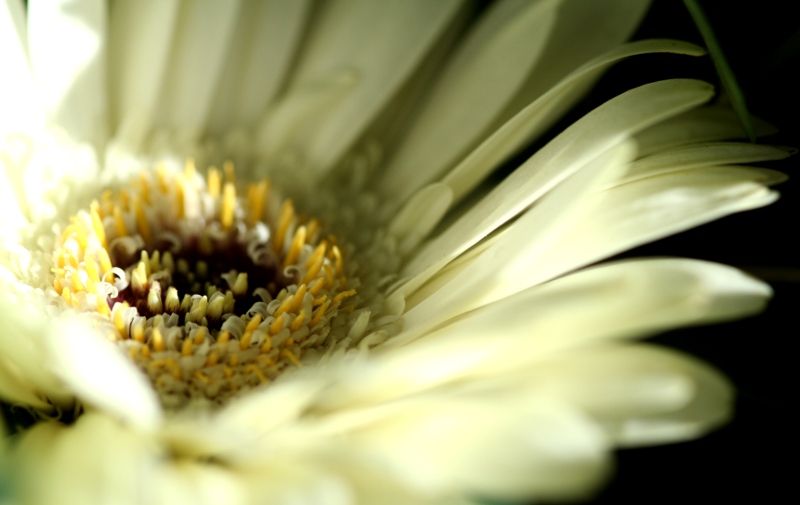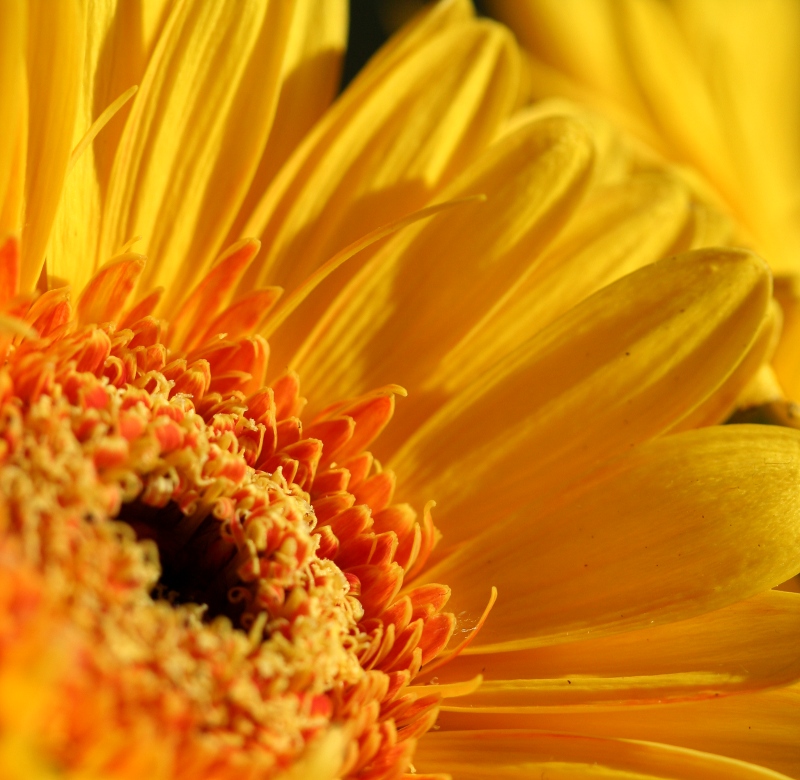As I am planning to write a blogpost (more or less) every day, taking my example from
Jane Austen Today, I might as well add a post about Jane Austen in the beginning.
Just to get this out of the way; I am not one of those women (I can hardly say "people", for it is mostly women) who think that Jane Austen is their best friend, relationship counsellor, or dear old spinster auntie. I think she was a brilliant writer who changed the way novels are written and read, and who did much for women-writers, but I do not think that I have some sort of "connection" with her or that she is talking to me from beyond the grave. I read her novels for the social critique and the wonderful style and irony, not because they are love stories (which I think many of them aren't). I like many of the spin-off and adaptations of her novels, I have read several biographies, collections of essays, and collections of letters, I have also read the juvenilia and
The Watsons and
Sandition, but I do not dress up in Regency outfits or think "What would Jane do?" or write fan fiction. To me, she is "Austen", not "Jane".
Right.
In
A Truth Universally Acknowledged: 33 Reasons Why We Can't Stop Reading Jane Austen (seriously, why did nobody use that title before?) there are several essays in which a writer or critic describes their experiences with Austen's novels. One of the things that is said in several of them is that one's preference for her novels changes with time; teenagers prefer
Pride & Prejudice, students
Emma, and all above 30 prefer
Persuasion, roughly speaking. I thought this was interesting, because my personal preference never really changed.
I read
Sense & Sensibility first, when I was around 16, and I loved it very much. I then read
Pride & Prejudice,
Mansfield Park,
Emma, and
Northanger Abbey, as I read them in the order they were published (as I suspect many will). And then I stopped, because I thought
Northanger Abbey was so very different from the other novels, so very simple and childish, that I wouldn't want to read on, because
Persuasion was sure to disappoint me as well. I did re-read S&S and P&P several times, but none of the others, until in my second BA year I took a course about the "long 19th century in English literature" and we had to read
Emma. When I re-read that, I appreciated the wit and irony and double (triple!) layers even more than I had as a 17-year old, and I decided to read
Persuasion as well, after discovering that
Northanger Abbey was actually the first novel Austen had ever written, and that it was a satire of the Gothic novel, and that I read it completely out of order. So, after reading
Persuasion, I could draw up my preference list, and I don't think it has changed very much since then! So here it is, in reversed order:
6. Mansfield Park
I will never like this novel. I know what she is doing and why, and I know it worked for her contemporary audience, but Fanny is just such a dull little moralizing creature, and the only chance she has of ever making her life interesting (by marrying Henry) she throws away and she settles for the only person in the book even more boring than she is. The minor characters are stereotyped versions of real humans that are just not believable. I like the writing style, I can see how she deals with many social issues, but I cannot get the protagonist, and therefore I cannot like the novel.
5. Northanger Abbey
I did not like it the first time I read it, but I have read it several times since and when you know where she is coming from, satirizing the gothic novel and being ironic and defensive about novel-writing, then it really is a very good book, especially for a very young writer. However, it was outdated when it was finally published (20 years after the fact) and it still feels outdated. And really, Catherine Morland is so ignorant and silly, I always feel sorry for Henry for having to spend his life patiently trying to educate his wife!
4. Pride & Prejudice
Yes, I know this will come as a shock for many of you! But I am not a big fan of P&P. Again, I like the concept, and the writing style, and Lizzy, and Darcy, but I have to agree with Austen herself that it is just too light and fluttery (yes, she did say that. She also said she preferred MP, and I have to disagree with her there). Nothing really happens, and even when something happens (Lydia's rush to freedom) it is all patched up nicely, no hard feelings. No raw emotion or loose ends, we'll just hold hands and skip into the sunset.
3. Sense & Sensibility
Now we get into the difficult stuff, for the top-3 really depends on which book I have read last. I am currently reading S&S, so it may go to the top again, but actually I think this order is quite settled.
Anyway, I prefer S&S to P&P, because here something really happens. If the Bennet girls are called poor and in want of a husband, well, the Dashwood girls are
really poor and in want of a husband. And they have far more trouble getting one. The relationship between the sisters is far more realistic, even if they are somewhat stereotyped to portray their chosen character-element. Also, the side characters in this novel, especially John Middleton, Lucy Steele, and Mrs Jennings, are just so brilliantly self-absorbed, it is a joy to read them. Willoughby is just so much more wicked than (ironically) Wickham, although his repent at the end spoils it a bit, but Austen had to put that in to please Cassandra, so we cannot blame her. (Why I know this and where I get all these little facts is beyond me. I could probably find the source if anyone is really interested, but it would take a while, as I have about 20 Austen-related books on the shelve!)
2. Emma
This was my favourite before I read
Persuasion, and I still enjoy reading it very much. All those people (and there are a lot of minor characters) crammed into that tiny village having nothing to do but to discuss each other is just such a genius concept. Miss Bates is wonderful, Mrs Elton is tragically arrogant, and Harriet Smith is just brilliantly silly. The Emma-Frank-Jane triangle is one of the more interesting relationships in all of Austen's novels, and Emma herself is just so perfectly written; on the one hand the conceited little rich girl, but on the other hand she does care for her (really quite annoying) father and does not run off the moment she receives an offer of marriage. Best protagonist, but not the best plot, which is why the winner is...
1. Persuasion
I know I am not supposed to like this novel until I am old and look back fondly on my life, but it has been my favourite ever since I read it. Austen was really writing some of her best stuff later in her life and it is a shame to think that she could have done so much more wonderful things if she hadn't died so young.
I am not a big fan of Anne because she is so quiet (but then who wouldn't be with that father?), although I prefer her to most of the protagonists, because she more realistic and contradictory than most of them (apart from Emma, which is why I like her best). But the plot here is just so wonderful, even if it is still somewhat rough so that we can see Jane Austen at work (Louisa's fall, for example), but that is the charm of it. The suspense of the story is so great, much greater than in P&P, I would say, and the emotions and feelings are described so accurately. You would almost start to wonder whether Austen herself regretted turning down an offer of marriage (but then I watched
Miss Austen Regrets yesterday, so I am already in that mindset). Again, brilliant minor characters, and combined with that marvellous plot and atmosphere, it is most definitely her best book.
So, that is my Jane Austen's novels list. There may be more lists in the future, for we still have "Best adaptation" or "Worst father" or "Most moralizing clergyman" to go, but because I don't want to scare away all the non-Austen readers I will try to limit myself to one Austen-related post a week!















